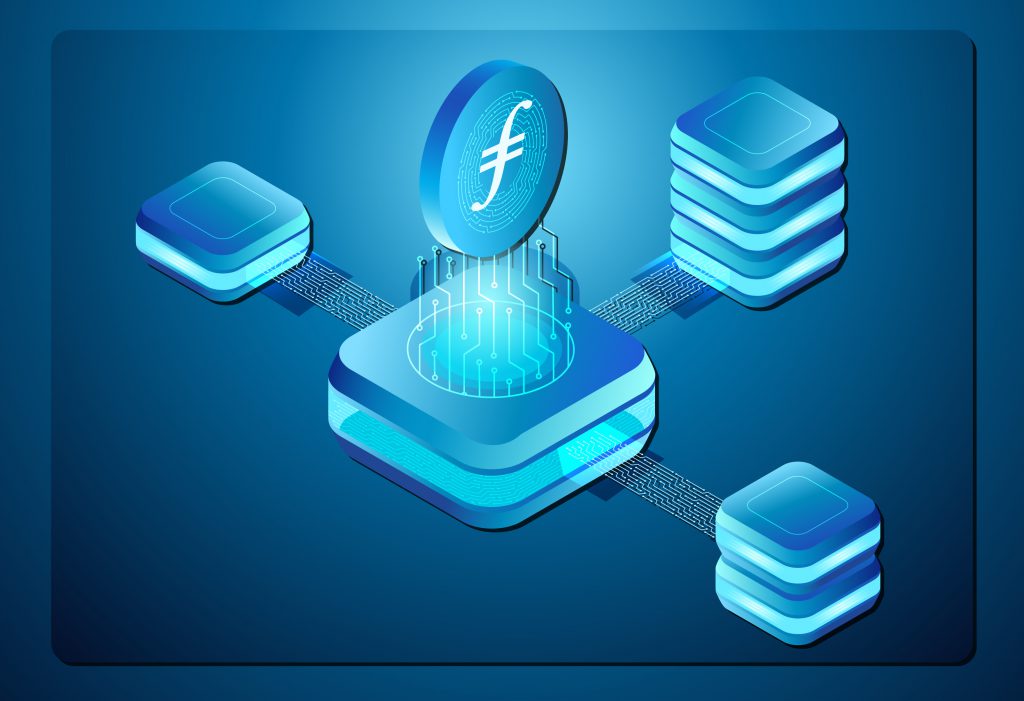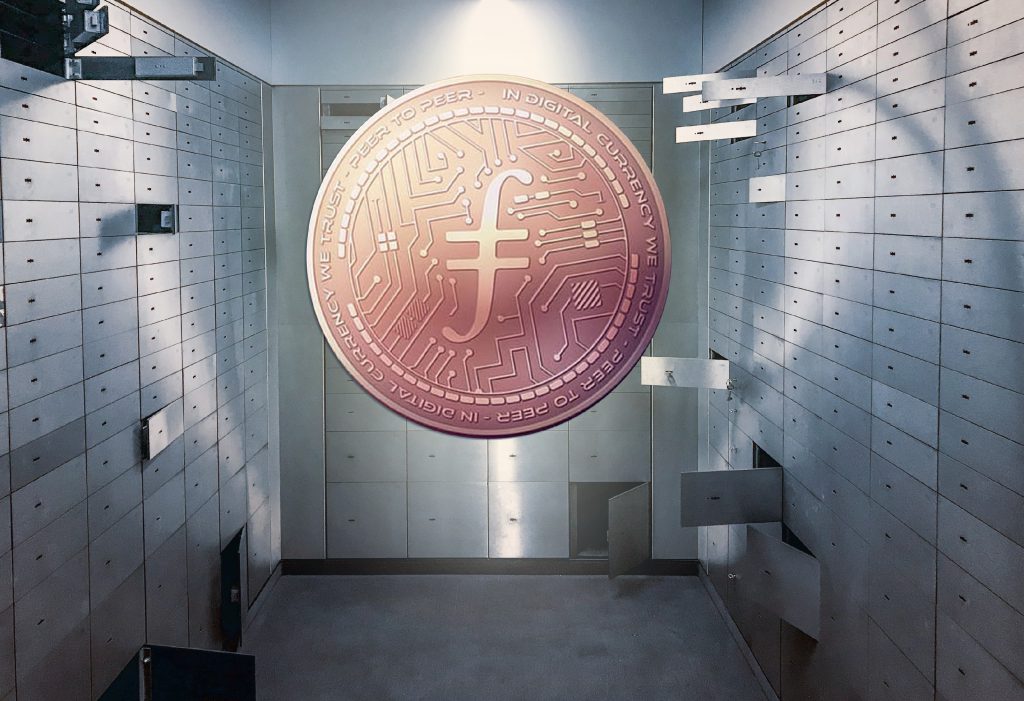
Table of Contents
ToggleFilecoin is a Peer to Peer network that stores data, leveraging the storage space of devices that connect to its network. It also handles financial rewards to ensure that files are stored reliably.
Devices that connect to the Filecoin network, rent their storage space so that Filecoin in return rewards them with tokens from its platform, these tokens can be exchanged for other tokens or cryptocurrencies.
Filecoin users pay to store their files, as you would do on any other platform that provides cloud data storage service such as Dropbox. What sets Filecoin apart is that you can both pay to store your data and receive money for storing other users’ files.
This storage, as well as the availability and price, are not controlled by any company since Filecoin is decentralized and allows anyone to access the network.
Filecoin is a protocol that also has a blockchain in addition to its own FIL cryptocurrency. The Filecoin blockchain records the sending and receiving transactions of FIL, along with Proof-of-Spacetime (PoST), which tell us the creation of files or that the save has been successfully completed by the miners.
Another positive point of the Filecoin Platform is its level of expansion in the markets, as Filecoin is listed on the main cryptocurrency exchange platforms. It is also supported in a large part of virtual wallets, which greatly facilitates the exchange of FIL for other cryptos.
So if you have free space on your computer, why not rent it and earn cryptocurrencies passively?
How does it work?
To understand how Filecoin works, we need to understand what function each party performs in the process.
– Users
Users who wish to rent virtual space to store their files have to choose between cost, redundancy and speed. They must then select the miner (provider) that meets their needs. Filecoin allows to select the miner freely without restrictions, unlike other storage providers that would ask us for a different API for each provider.
At any time, users can verify that their files are being stored correctly by looking at the evidence on the Filecoin blockchain.
-Suppliers
These are individuals and organizations that rent storage in exchange for FIL. Anyone can provide this service and only needs their computer to have internet access with enough free space or either a server with a large amount of free storage. The Filecoin blockchain rewards its providers for renting out their storage, not for completing complicated calculations as with other cryptocurrencies.
When a storage provider implements the Filecoin protocol, it gains access to the market for renting out your space. Once there, you won’t need to do much, as that is taken care of by the Filecoin protocol and network. We’ll just have to wait for some user to catch our storage’s eye.

History
Protocol Labs, the developer of Filecoin, began its journey in 2014 driven by Juan Benet. He, along with his team, were the ones who built Filecoin and IPFS, and decided to make a few rounds of seed capital which would allow them to finance the process. Then, in 2017, they decided to hold a token sale which would secure the funds to be able to develop Filecoin. This was a success as they managed to raise 205 million dollars!
The creation of the Filecoin project is supported by another project that complements it, called IPFS “InterPlanetary File System” or Interplanetary File System. This allows it to fulfill its purpose of storing data in a decentralized way.
IPFS and Filecoin
As we saw in the article on InterPlanetary Search Engine, IPFS is a system that controls the distribution of files and its main goal is to connect all the devices that contain this same system. This system comes hand in hand with Filecoin as it is the one that manages the distribution of files. This file system can be accessed in several ways, among these we have the FUSE protocol and HTTP. The latter is the protocol that makes possible the functioning of the internet as we know it today.
Identifying the files is an easy task as they are hashed and distributed in a BitTorrent-based protocol. This makes it possible for other users who see this content to help spread this content to others on the network.
IPFS has a name service called IPNS, a global namespace based on PKI (Public Key Infrastructure), which is used to build trust chains, is compatible with other IPNS and can map DNS, onion, bit, etc. to IPNS.

What is PoST?
This is the protocol that keeps the Filecoin network within the functionality, security and scalability parameters it needs for its operations.
The purpose of this protocol is to ask network participants to provide a test. For this, each node within the network must allocate resources such as memory or storage space. The more resources this node contributes, the greater the participation in the network. Something very similar to the operation of cryptocurrency mining pools, since its objective is decentralization, in a secure way with a wide participation of the community.
Main advantages and disadvantages of Filecoin
One of the main advantages is the decentralization that Filecoin provides by distributing data storage on the network, establishing in its network storage and data retrieval mechanisms, which allows any user to rent space on their hard drives.
Perhaps the main disadvantage is still the difficulty of obtaining profitability and the lack of interest in large investors in a project that undoubtedly anticipates the future of data storage on the Internet.






